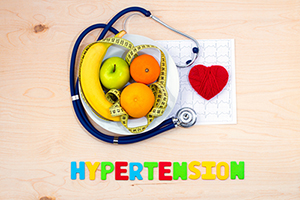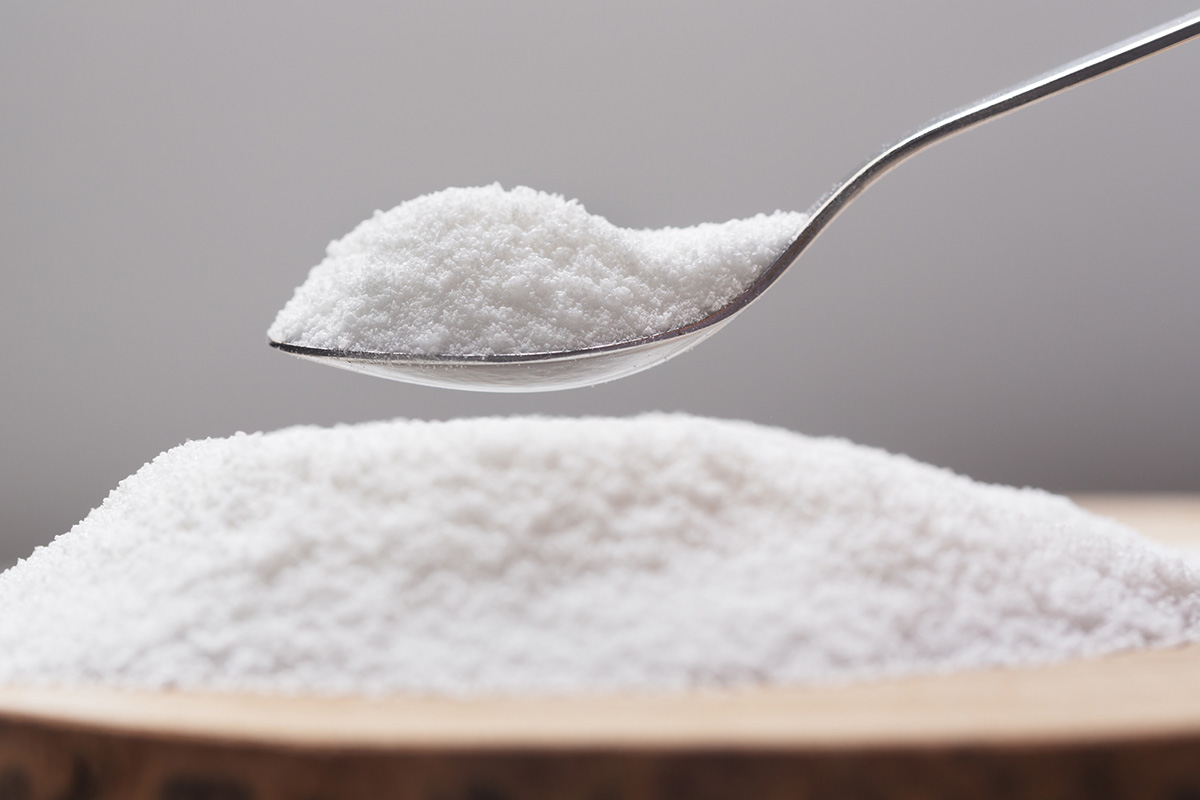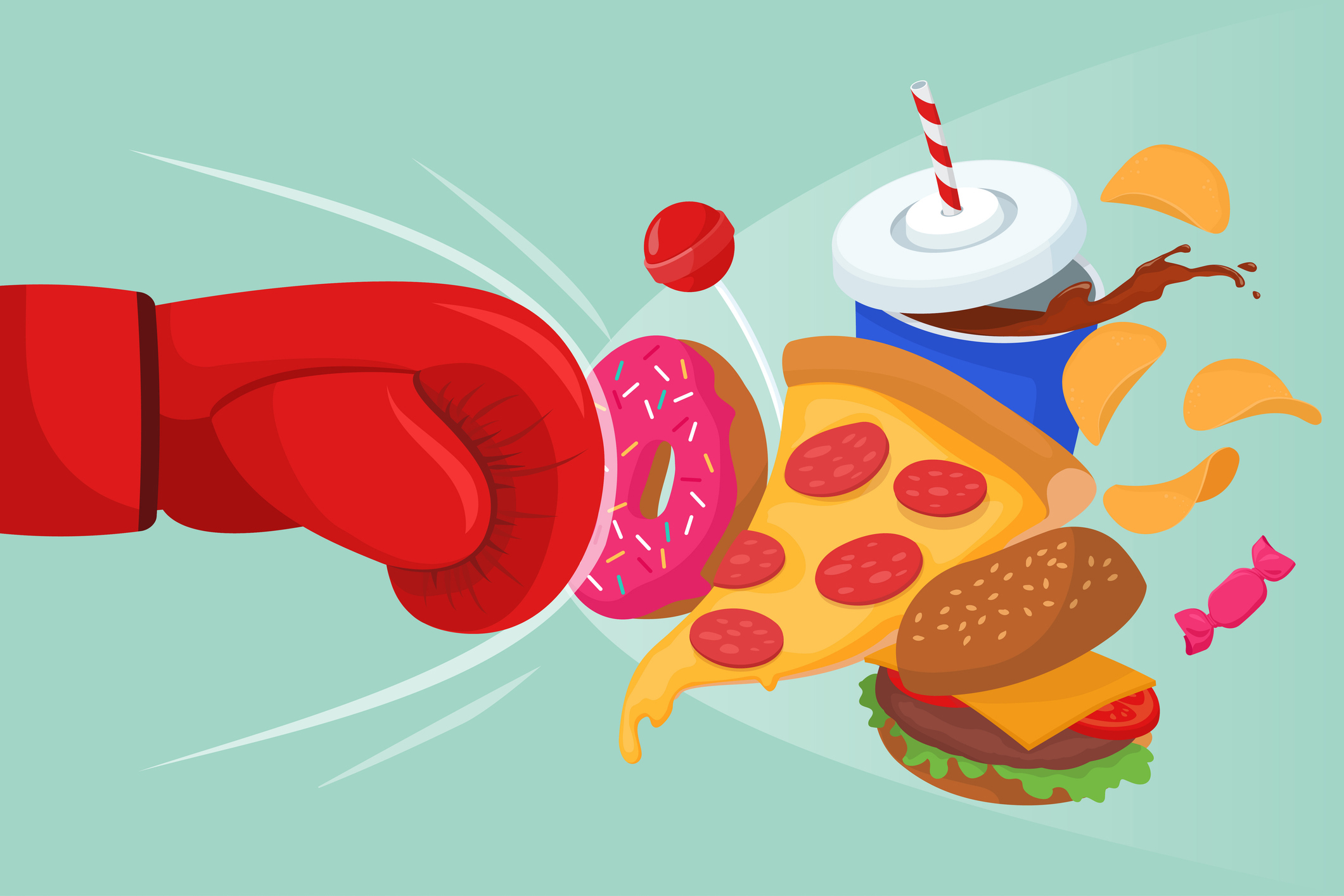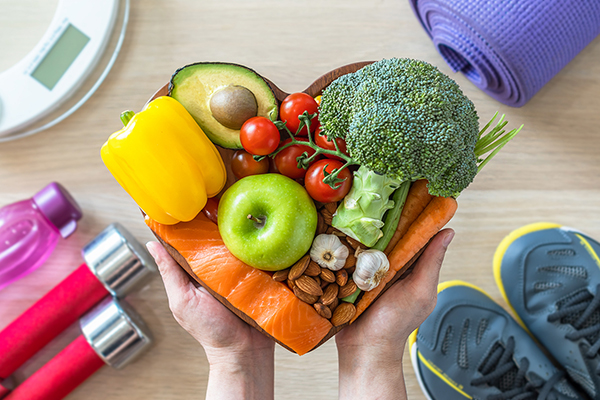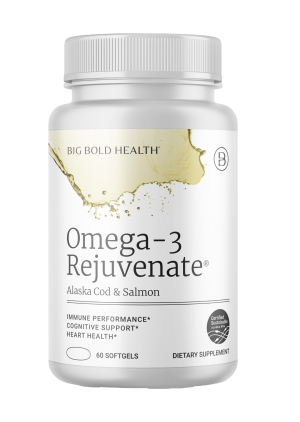I recently pushed back against the new more stringent guidelines that recategorized nearly half of adult Americans as “hypertensive.” Now, even with formerly “borderline” blood pressure of 120-139/80-89, we’re told we’re at risk. Missed in the rush to prescribe more drugs is the nuance that the new guidelines specify that most of those newly reclassified should be treated with “lifestyle” as a prelude to meds. A cornerstone of lifestyle management of hypertension is diet. But which diet?
The DASH (Dietary Approaches to Stop Hypertension) diet is promoted as the go-to diet for high blood pressure. In fact, U.S. News and World Report dubbed the DASH diet its “best and healthiest” for the seventh year in a row (the Paleo Diet was rated dead last; the Atkins Diet was second worst—more on this later).
The DASH diet is rich in fruits, vegetables, low fat or nonfat dairy. It also includes mostly whole grains; lean meats, fish and poultry; nuts and beans.
The blood-pressure lowering effects of the DASH diet are mediated, at least in part, by its high content of dietary nitrates. Green leafy vegetables like spinach and lettuce, and especially beet root, are rich in inorganic nitrates, precursors to nitric oxide, which relaxes the endothelium. (Interestingly, it’s been demonstrated that the blood-pressure lowering effects of beet juice can be cancelled out by use of antiseptic mouthwash, which kills the oral bacteria responsible for conversion of dietary nitrates to nitric oxide!)
But is the DASH diet the best eating plan for high blood pressure? Its emphasis on whole grains (up to 6-12 servings per day) and fruits (4-6 servings), along with a lack of restrictions on starchy vegetables, make it very high in carbohydrates – which promote insulin resistance, a major driver of weight gain and craving. Excess insulin also activates the sympathetic nervous system which constricts blood vessels and drives blood pressure up. In addition, the dearth of fat in the DASH diet means less satiety, perpetuating over-indulgence in “allowed” carbohydrate-rich foods.
A DASH menu plan suggests a breakfast of “oatmeal with applesauce, a whole wheat English muffin with jam, light yogurt, and pineapple juice.” A sample dinner consists of “roasted chicken breast, baked potato, asparagus, tomato spinach salad with balsamic vinaigrette, and apple crisp topped with yogurt.”
Admittedly, this represents an upgrade from a Standard American (SAD) Diet, but these DASH menus are riddled with carbs! No wonder that many newly-diagnosed hypertensive Americans, after a perfunctory stab at the DASH diet, will be returning to their doctors for some “real” medicine. I almost wonder if the DASH diet was deliberately designed to fail!
As a result of its ultra-low sodium content, the DASH diet is also extremely bland, making it tough to adhere to. While some hypertensives respond well to salt restriction, others don’t improve, while a significant minority exhibit a paradoxical reaction of elevated blood pressure. I recently weighed in on the salt controversy.
The DASH diet, while beneficial in some ways by virtue of its emphasis on plant foods that Americans don’t get enough of, is handicapped by a key fallacy: That fat restriction will result in weight loss and reduction in cardiovascular risk. It’s as if the promulgators of DASH ignored scientific evidence in an effort to salvage the outdated low-fat dogma—confirmation bias at its worst.
There is no proof that low-fat dairy is superior to full-fat dairy when it comes to cardiovascular disease risk. After all, the entire rationale of our obsession with blood pressure rests on its association with heart attacks, heart failure and strokes. A recent scientific review showed that various foods including full-fat dairy milk, yogurt, butter, cheeses, and cream were not found to increase heart disease risk.
In fact, dairy may include certain vasoactive peptides that lower blood pressure; cheese is a source of vitamin K2 which may have artery protecting effects. Plus, full-fat dairy is satiating; a little dietary fat goes a long way toward curbing carb cravings.
And why the fixation on “lean” meat, fish, and poultry in the DASH diet? Again, the latest studies exonerate animal fat as the culprit in heart disease: “Participants on the very high-fat diet also had substantial improvements in several important cardiometabolic risk factors, such as ectopic fat storage, blood pressure, blood lipids (triglycerides), insulin and blood sugar.”
So what would happen were we to relax the strictures against fat in the DASH diet? That proposition was precisely addressed in a study entitled “Comparison of the DASH diet and a higher-fat DASH diet on blood pressure and lipids and lipoproteins.” The result: Blood pressure was reduced similarly in the DASH and higher-fat DASH diet. Moreover, the higher-fat DASH diet was more effective at lowering triglycerides and very low density lipoprotein (VLDL) cholesterol. Key to the success of the higher-fat DASH diet was eliminating calories from juices and other “natural” sugars permitted in the regular DASH diet to offset calories gained from added fat.
In fact there’s good evidence that liberal amounts of one fat in particular—olive oil—underlies the efficacy of the heart-healthy Mediterranean diet. More so than olive oil’s monounsaturated fat, it’s likely the beneficial polyphenols, such as hydroxytyrosol and oleuropein, that prevent “hardening of the arteries.”
Let’s take it one step further: What about the blood pressure and heart benefits of a Paleo diet? You know, the selfsame diet that U.S. News and World Reports maligned with a bottom-ranking? In an article entitled “Metabolic and physiologic improvements from consuming a paleolithic, hunter-gatherer type diet,” researchers explored the effects of a paleolithic type diet comprising lean meat, fruits, vegetables and nuts, and excluding nonpaleolithic type foods, such as cereal grains, dairy or legumes. The results: significant reductions in blood pressure and a measure of blood vessel stiffness called arterial distensibility. There were also dramatic reductions in total cholesterol, LDL, triglycerides, and insulin. These were achieved with a mere 10 days’ adherence to the Paleo diet.
The Paleo diet is relatively low-carb, but starchy vegetables and some fruits are permitted. What effect would an ultra low carb diet have on blood pressure? The ketogenic diet, deriving its calories mostly from fats with some protein and less than 20 grams of carbohydrates per day, has demonstrated beneficial effects in diabetes and certainly prompts weight loss.
Proof of the benefits of a ketogenic diet for blood pressure come from a 2010 study. Researchers found nearly half of those who followed the diet had their blood pressure medication decreased or discontinued during the 48-week study. Low-carb dieters saw an average reduction of systolic blood pressure of 5.9 points.
Of course, vegan or raw foods diets might achieve comparable benefits, but their long-term nutritional adequacy is questionable, and adherence is challenging.
Finally, studies have confirmed that brief bouts of fasting, or even intermittent fasting, can reduce blood pressure.
BOTTOM LINE: Diet is a fundamental tool for managing hypertension, and should always be first-line treatment before drug therapy is invoked, except when exceptionally high blood pressure necessitates an urgent fix.
